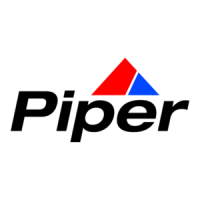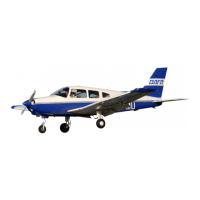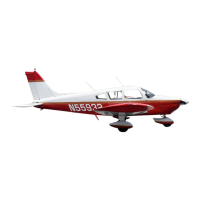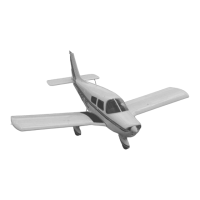PAGE 1
Nov 30/064C11
51-10-00
INVESTIGATION, CLEANUP AND AEROD
YNAMIC SMOO
THNESS
Corrosion Control
Corrosion is the deterioration of metal by chemical or electrochemical attack. Water which is allowed to
remain on the aircraft and industrial pollution are the major causes of corrosion in aircraft. The two
general types of corrosion are:
-- Direct chemical attack (i.e. spilled battery acid).
-- Electrochemical attack which requires a medium (usually water).
The latter is the most common and is responsible for most forms of aircraft corrosion.
Since corrosion is a constant threat, the only effective method to control it is a routine of regular
inspection, cleaning, and surface refinishing.
A. Forms of Corrosion (See Chart 1.)
The following are the most common forms of corrosion:
(1) Surface Corrosion appears as a general roughening or pitting on the surface usually
accompanied by a powdery deposit of corrosion products. It may spread under the surface and
not be recognized until the paint or plating is lifted off the surface in small blisters.
(2) Dissimilar Metal Corrosion may occur when two dissimilar metals are contacting each other.
This type may be serious because it usually takes place out of sight. The only way to find it
before structural failure is by disassembly and inspection. Insulating is necessary between two
contacting dissimilar surfaces (2 to 3 coats of zinc chromate on each surface; plus, if one of the
surfaces is magnesium, a 0.003 inch thick piece of vinyl tape).
(3) Intergranular Corrosion is difficult to detect in its early stages. When severe, it causes the
surface of the metal to exfoliate (flake or lift).
(4) Stress Corrosion is the result of sustained tensile stresses and corrosive environment. It
usually occurs in assemblies such as aluminum alloy bellcranks with pressed in bushings;
landing gear shock struts with pipe thread grease fittings, clevis pin joints and shrink fit parts.
(5) Fretting Corrosion takes place when two parts rub together, constantly exposing fresh active
metal to the corrosive effects of the atmosphere.
(6) Filiform Corrosion is the appearance of numerous meandering thread like filaments of
corrosion on the surface of various types of metal.
B. Conditions Affecting Corrosion
Some conditions which affect the occurrence of corrosion are:
(1) Heat and humidity increase corrosion.
(2) Different (i.e. - dissimilar) metals and their relative sizes affect resistance or susceptibility to
corrosion.
(3) Frequent contributing factors to corrosion:
(a) Soil and atmosphere dust.
(b) Oil, grease, and exhaust residues.
(c) Salt water and salt moisture condensation.
(d) Spilled battery acids and caustic cleaning solution.
(e) Welding, brazing, and soldering flux residue.
PIPER AIRCRAFT, INC.
PA-28-161, WARRIOR III
MAINTENANCE MANUAL
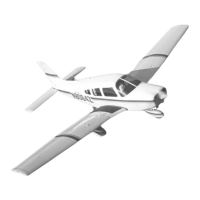
